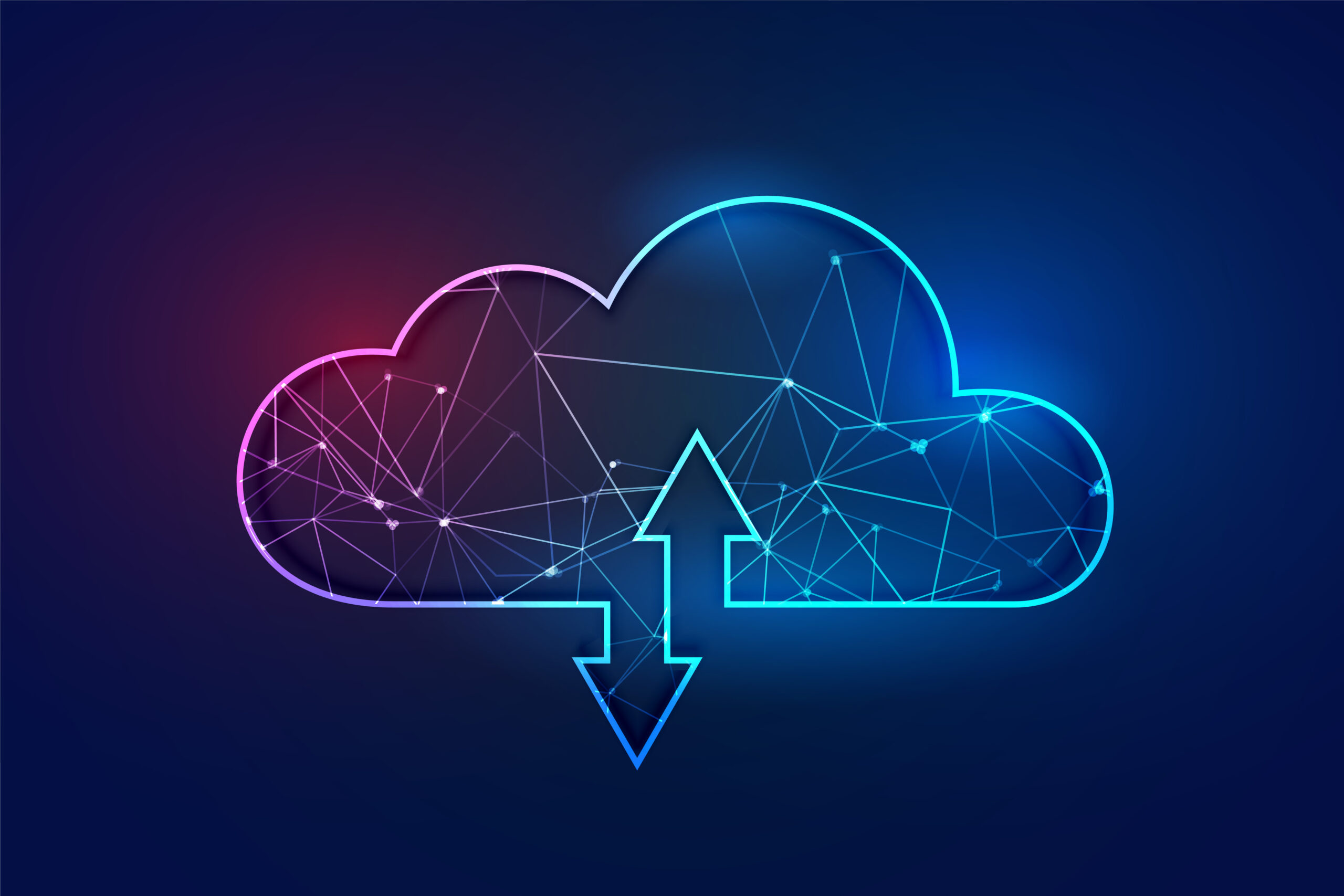The Evolution of Cloud Computing: Past, Present, and Future

Cloud computing has transformed the way businesses and individuals store, process, and manage data. Over the past few decades, it has evolved from a theoretical concept to an essential component of modern IT infrastructure. This blog explores the history, current landscape, and future of cloud computing, highlighting its impact on industries worldwide.
1. The Origins of Cloud Computing
The concept of cloud computing dates back to the 1950s, but its practical implementation took decades to develop.
a) The Early Days: 1950s-1980s
- Time-Sharing Systems: In the 1950s, large mainframe computers were expensive, and organizations adopted time-sharing systems to allow multiple users to access computing resources remotely.
- Virtual Machines (VMs): IBM introduced virtualization in the 1970s, enabling multiple operating systems to run on a single machine.
- Client-Server Computing: The 1980s saw the rise of personal computers and networked environments, laying the foundation for modern cloud computing.
b) The Internet Revolution: 1990s-2000s
- The rise of the internet in the 1990s enabled remote computing on a global scale.
- Application Service Providers (ASPs): Companies started offering hosted applications over the internet, an early form of SaaS (Software as a Service).
- Birth of Cloud Computing: In 2006, Amazon Web Services (AWS) introduced Elastic Compute Cloud (EC2), revolutionizing cloud computing by offering scalable virtual servers on demand.
2. The Present State of Cloud Computing
Today, cloud computing is an integral part of IT operations across various industries. It enables businesses to store data, run applications, and deploy services without maintaining physical infrastructure.
a) Cloud Service Models
Cloud computing is categorized into three primary service models:
- Infrastructure as a Service (IaaS) – Provides virtualized computing resources over the internet (e.g., AWS, Microsoft Azure, Google Cloud Platform).
- Platform as a Service (PaaS) – Offers development and deployment environments without managing underlying infrastructure (e.g., Google App Engine, Heroku).
- Software as a Service (SaaS) – Delivers software applications over the internet, eliminating installation and maintenance requirements (e.g., Salesforce, Dropbox, Google Workspace).
b) Cloud Deployment Models
Businesses can choose from various cloud deployment models depending on their requirements:
- Public Cloud: Services are hosted by third-party providers and shared among multiple users.
- Private Cloud: Dedicated cloud infrastructure for a single organization, offering enhanced security.
- Hybrid Cloud: A combination of public and private clouds, allowing for optimized performance and flexibility.
- Multi-Cloud: The use of multiple cloud providers to prevent vendor lock-in and enhance reliability.
c) Key Benefits of Cloud Computing
✔ Cost Savings: Reduces the need for purchasing and maintaining physical servers. ✔ Scalability: Businesses can scale resources up or down based on demand. ✔ Accessibility: Cloud services can be accessed from anywhere with an internet connection. ✔ Security and Compliance: Major cloud providers implement robust security measures and compliance standards. ✔ Business Continuity: Cloud-based backup and disaster recovery solutions minimize downtime.
3. The Future of Cloud Computing
As technology advances, cloud computing continues to evolve, incorporating new trends and innovations.
a) Edge Computing and Serverless Architectures
- Edge Computing: Processes data closer to the source, reducing latency and improving real-time decision-making.
- Serverless Computing: Eliminates the need for server management, allowing developers to focus on writing code while the cloud provider handles the infrastructure.
b) AI and Machine Learning in the Cloud
- Cloud platforms are integrating AI-driven services, enabling automation, predictive analytics, and intelligent decision-making.
- AI-powered chatbots, recommendation engines, and fraud detection systems rely on cloud computing.
c) Quantum Computing in the Cloud
- Tech giants like Google, IBM, and AWS are developing cloud-based quantum computing platforms.
- Quantum computing could revolutionize fields such as cryptography, drug discovery, and optimization problems.
d) Sustainable and Green Cloud Computing
- Cloud providers are investing in renewable energy and carbon-neutral initiatives.
- Data centers are adopting energy-efficient technologies to reduce their environmental impact.
Conclusion
Cloud computing has come a long way from time-sharing systems to AI-powered cloud services. It has become the backbone of modern IT infrastructure, enabling businesses to innovate and scale rapidly. As cloud technology continues to evolve, new advancements in edge computing, AI, and quantum computing will further redefine the digital landscape. Organizations that embrace cloud computing will remain at the forefront of technological transformation.
What are your thoughts on the future of cloud computing? Share your insights in the comments below!


